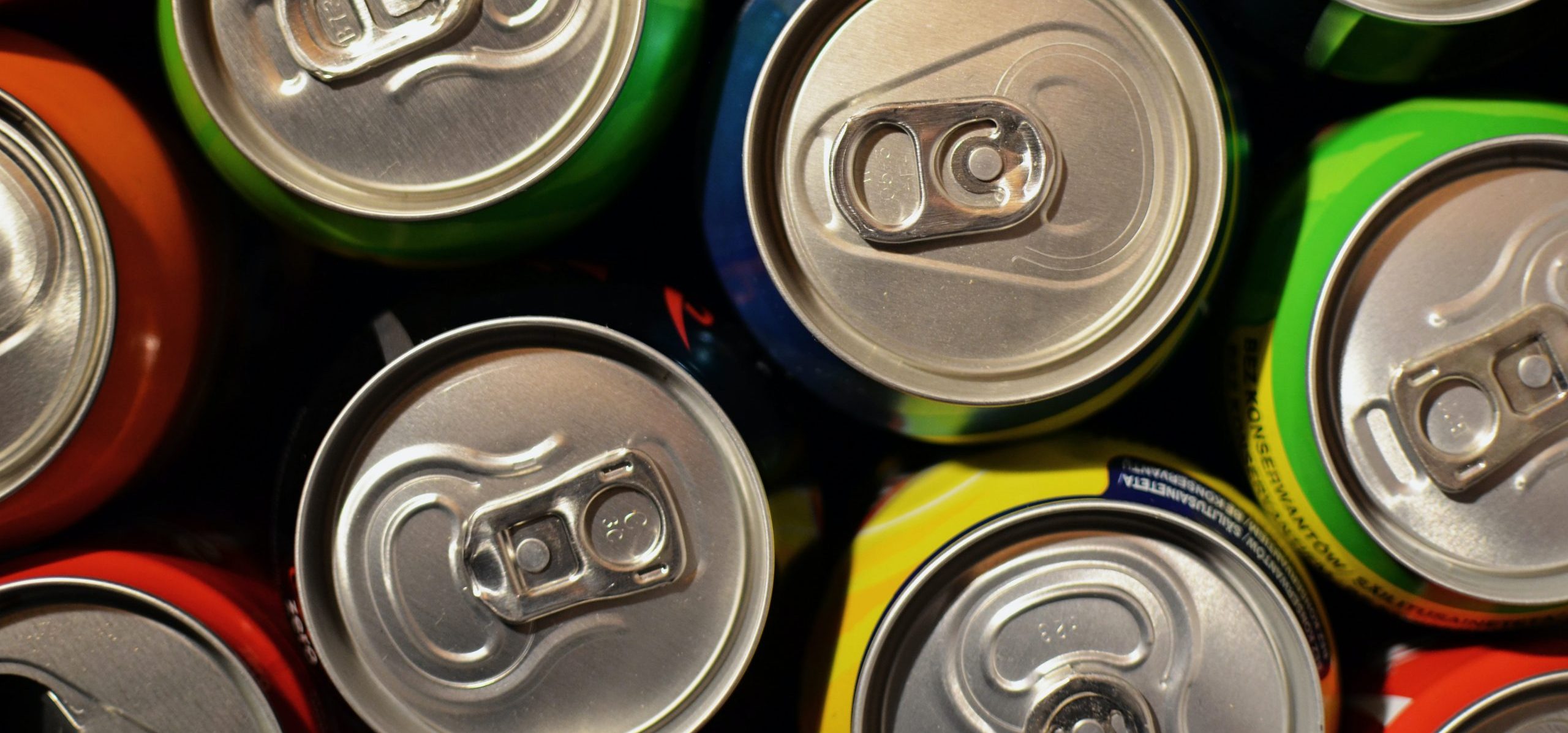The market dished out a slap to Nampak that even Will Smith would be proud of. The share price closed nearly 7% down after releasing a voluntary trading update for the five months to the end of February 2022.
It’s not obvious why the share price took pain yesterday until you read through the entire announcement.
The announcement starts out by noting strong demand for products, with volume growth for beverage cans driving revenue growth of over 20% vs. the corresponding period in the prior year.
The metals business is where the demand for beverage cans was enjoyed, with aluminium price increases driving higher selling prices as well. The increases were passed through to customers using contractual pass-through mechanisms. The metals business also benefitted from a strong result in Nigeria, a better result in Angola albeit off a low base and a really good second quarter in the DivFood business with fish can sales as a particular highlight.
The plastics division delivered an outcome that you won’t read every day: the performance in the Zimbabwe operations was stronger than in South Africa!
Interestingly, Zimbabwe was also a source of happiness in the paper division, along with improved volumes in Zambia and Malawi. In this division, revenue and trading profit were “significantly” up which shareholders will be pleased to hear.
Despite the input cost pressures that are a feature of the current business landscape, operating profit also increased. Importantly, so did EBITDA for covenants, as Nampak has been on a road to balance sheet recovery for some time now. Nampak complied with funding covenants for the three months ended December 2021.
The first sign of any trouble is in the section dealing with cash repatriation. Transfers from Angola were fine but foreign currency availability in Nigeria has slowed. It’s really important for Nampak to be able to get the cash out from Africa, so I suspect this is what spooked the market.
The balance sheet risks are exacerbated by the need for higher working capital requirements. Supply chain pressures are driving higher investment in inventories to ensure supply of raw materials.
The company is also struggling to sell the non-core assets due to current market conditions. Again, this isn’t great news for the balance sheet.
Of the R1 billion non-recourse trade finance facility, around R400 million has been utilised. R206 million of that number was used to permanently reduce the group’s banking debt. Nampak is also trying hard to limit the working capital investment by negotiating with both debtors and creditors. The idea is to get paid faster by debtors and to take longer to pay creditors.
Nampak is required to reduce net interest-bearing debt by R1 billion by 30 September 2022. The funders will assess the situation on 30 June 2022. The pressure on working capital and the lack of success in selling non-core assets makes shareholders worry about the risk of an equity capital raise to settle the debt.
The earnings story looks promising, but Nampak needs to convert assets and profits into cash and only has a few months left to do so.
Nampak’s share price chart is fascinating. It is up over 25% in the past 12 months but the latest sell-off means that the year-to-date performance is flat.




